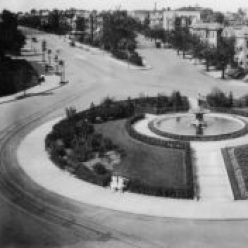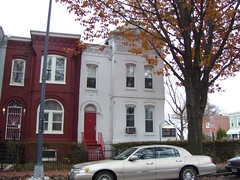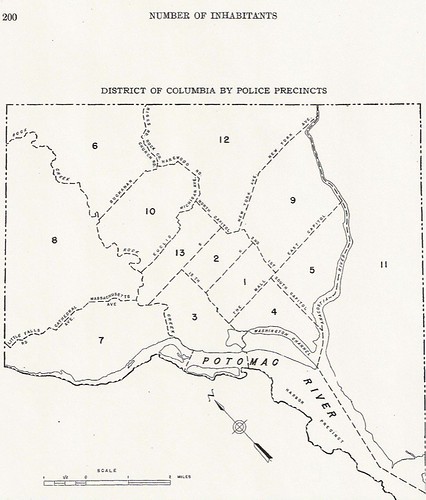I was doing a bit of background for the blog looking at the series of articles on the “Wickedest Precinct” regarding slum conditions. A big thing that made it slummy, besides the trash, poorly maintained housing, and crime, there was the lack of indoor plumbing and sometimes lack of electricity.
I called up the Great and All Powerful Mom, my mother, since she has a) lived in a house with no indoor plumbing and b) does not turn on the selective memory (like some old folks) to get a better sense of life without running water. Growing up in the country they had a well, from where they got their water from. To bathe they would get a bucket of water, heat it on the stove, and use a bath towel to clean. For the toilet they had an outhouse. I asked about using the toilet. There was the outhouse and at night there was the chamber pot or bucket, which got emptied each morning. Please note how labor intensive things are. Imagine washing clothes and dishes, when everytime you need water, you have to pull it from the well.
I thank G-d for hot showers and flushing toilets. Yes, I understand that a good portion of the world doesn’t have those things, which just makes me more appreciative.
But back to Shaw, and details of our slummy history.
In the Washington Post series on the “Wickedest Precinct” in S.L. Fishburn in a March 14, 1954 article “No. 2 Leads City in Vice and Violence” there is a photo showing a woman getting water from an alley spigot. We are told by the caption that it is her only water source. I know from other documentation that it is more than likely true for her and hundreds of other households in the Shaw region in the 50s. There is another photo showing where the outhouse in a sort of lean-to where there is a board to walk on, to walk over the seepage.
Before I close up there is a jewel I want to quote:
The three-story Victorian eclectic mansion at 6th and M sts. nw., which stands out in sharp contrast to the squalor of the alleys behind it, was once the home of banker William Stickney, who served as president of Washington’s city council in 1871-74.
Today, with a still-fresh exterior, the mansion houses the church of Bishop C.M. “Daddy” Grace.
His church being the United House of Prayer for All People, UHOP, a presence in the Shaw and Mt. Vernon Sq. neighborhoods.




